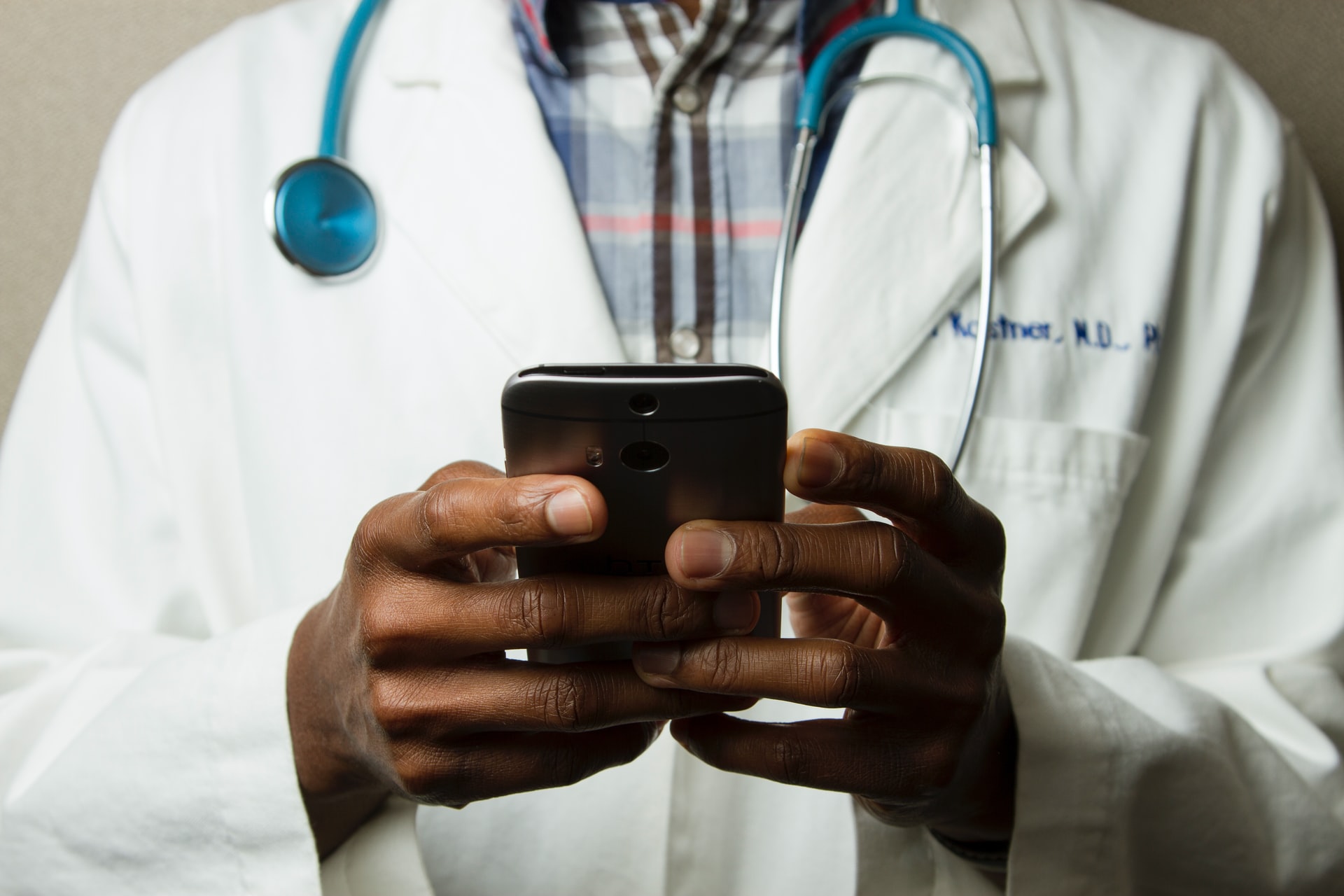A majority of the population believes that healthcare spendings would happen across digital products that do not overwhelm the already stressed-out healthcare infrastructure. The U.S health care spending is expected to cross the $5.7 trillion mark by 2026.
Furthermore, thanks to technology, treatment through 5G mobile technology, virtual reality, telehealth, and wearable medical devices make it possible for organizations to treat better and observe results in real-time.
However, not everything is as rosy as it seems. The pandemic exposed the governments’ preparedness, thus, allowing the private players to capitalize on these opportunities. These modern-day challenges need modern-day solutions that can be fundamentally generalized and easily replicated across multiple verticals.
An ideal four-point action plan to it as follows:
- The introduction of new communication methods such as the mobile phone has been a game-changer. Low cost and digital know-hows help even the poorest of the poor reach doctors in no tie through online platforms and hence could not be ignored at all cost.
- Remote care delivery through the m-Health strategies has the capabilities of equipping the healthcare agents well. On the other hand, files that require a higher degree of expertise could be transferred and analyzed through wired or wireless solutions.
- Unified care outruns fragmented care in ways unbelievable, by fragmented care or unified care highlights the state of the digital transformation. For instance, patient records in standalone devices or paper are of no use and hence unified solutions need greater importance.
- Healthcare provided through clinical observations and high-tech capabilities need much more advanced solutions used in healthcare infrastructure across the globe. However, through technology enablement, one could work on high-tech machinery and deliver results in no time, thanks to digital transformation.
Digital Healthcare Initiatives In The Age Of Pandemics And Epidemics
In an age where physical contact and participating in crowds could prove to be fatal, digital health plays a pivotal role. The healthcare industry is uniquely positioned for such instances where one can book appointments and consult a doctor through a smartphone.
the help of drones. This, in turn, has accelerated the way business is done and hence could not be ignored at all costs.
However, on what grounds do innovations be widely accepted, and is constant innovation beneficial to healthcare providers?
The short answer is NO.
Constantly evolving trends put pressure on healthcare providers. Healthcare providers spend billions of dollars on research and development and having cheaper alternatives can ruin their efforts. Some of the challenges that most healthcare providers face due to disruption are:
- Changing internal organizational demands
- >Stringent regulations and compliances
- Budget concerns
- Funding or shifts in customer preference
Focus On Telemedicine For Contact-Less Treatment
liTelemedicine is a digital setup where the physician and the patient interact through a digital channel. However, many experts believe that the following methodology is not an ad-hoc setup and could extend beyond pandemics. Some of the benefits of the following technology are as follows:
- Proves to be instrumental in treating emergencies
- Increase in efficiency of the healthcare units
- Reduces the chances of community transmission
Healthcare provided through clinical observations and high-tech capabilities need much more advanced solutions used in healthcare infrastructure across the globe. However, through technology enablement, one could work on high-tech machinery and deliver results in no time, thanks to digital transformation.
Improving Healthcare Infrastructure Using Advanced Technologies
The interference of automation technologies in the healthcare industry is imminent. Following are the methodologies through which technology could act as an enabler to the healthcare industry.
a) Big Data In Healthcare
- Digitilized medical records could leverage software solutions to keep track of medication. Any chance of erroneous medication could be easily identified and easily prevented through advanced computation solutions.
- In most cases, people who had been previously treated in emergencies are the same who need constant attention. This recurring visit could be minimized using preventive care that is assisted by big data as technology.
b) Virtual Reality in Healthcare
According to the CDC, a whopping 50 million people in the U.S suffer from chronic pain in 2016. To combat the situation, doctors would hand over opioids like candy.
But back in 2018, when VR was introduced, people were stunned by its application. The device not only aids pain management but also has proved to be beneficial for anxiety, post-traumatic stress disorder, and heart stroke.
This is only a fraction of what VR can do. Doctors and other practitioners have found VR useful to stress out while honing their skills to perform complicated surgeries.
c) Wearable Medical Gadgets
Thanks to smart marketing and advanced solutions, wearables are the hottest cupcake right now. Previously, most people visited their physicians once a year or when the symptoms surfaced. However, thanks to wearables like smartwatches, things have changed now.
More individuals have become aware, and the easy availability of wearables has accelerated the growth story all across the globe.
Other benefits of wearables from the industry point of view include:
- Personalization of healthcare experience
- Flexible insurance pricing
- Prediction of insurance incentives
- Opportunities in gamification of everythin
Conclusion
While there are an endless array of opportunities in the healthcare domain, regulators and industry experts need to weed out solutions and frameworks which move the needle in the right direction. In addition, the healthcare infrastructure needs to restructure for digital inclusion. For instance, currently, only the smart brand manufacturers hold the crucial data, and steps should be taken to make these data easily available to doctors all across the industry.
References
[1].https://www.cms.gov/research-statistics-data-and-systems/statistics-trends-and-reports/nationalhealthexpenddata/the-fact-sheet
[2].https://www.gartner.com/en/industries/healthcare-providers-digital-transformation
[3].https://www.Linkedin.com/pulse/optimizing-digital-health-improve-patient-care-aniket/?articleId=6654328882843447296
[4].https://www.digitalauthority.me/resources/state-of-digital-transformation-healthcare






Comments